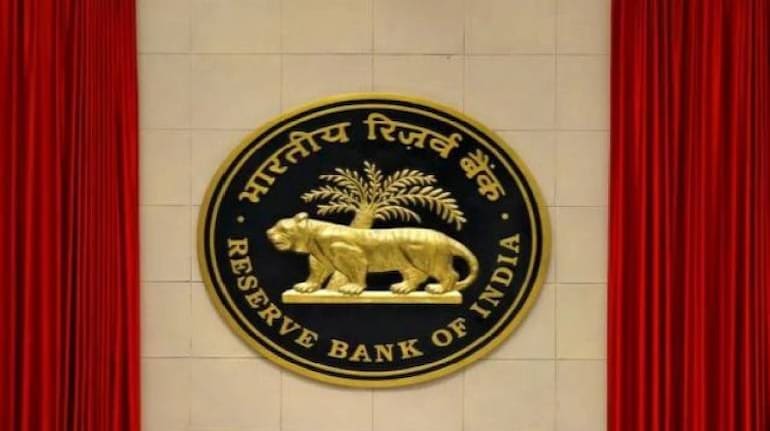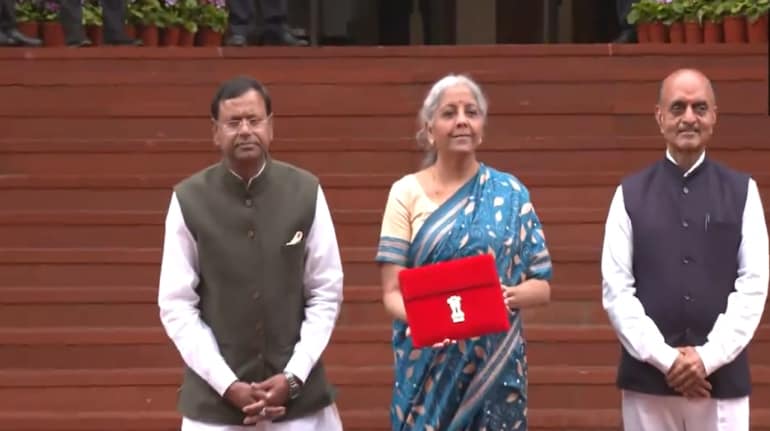
Reserve Bank of India
Zombie firms, or perpetually loss-making companies, absorbed about 10 percent of the total bank credit extended to all firms in the Indian economy, the Reserve Bank of India (RBI) said in its monthly bulletin on February 16.
Also, such firms are estimated to account for about 10 percent of the total debt of the non-financial corporate sector, the bulletin said. The RBI publishes the bulletin every month capturing trends in the economy and the financial sector.
In general, these firms are found to be highly leveraged, generate a negative return on assets over successive years and borrow more to survive rather than undertake new investment, the bulletin said.
“Their average cost of funds is more sensitive to monetary policy shocks. Their borrowings from banks, however, often do not give rise to higher real investment activity, unlike non-zombies,” the RBI Bulletin stated.
The comments in the bulletin are significant considering the huge bad loan issue faced by Indian banks, mainly the state-run banks. Indian banks were forced to clean up their balance sheets in 2015 when the RBI initiated an asset quality review.
Following this, banks have managed to resolve a large chunk of bad loans either by pushing to insolvency courts or selling to asset reconstruction companies at a discount.
The sensitivity of investment activity to borrowings from banks is estimated to be lower for zombies, which indicates that they use borrowed resources more for survival than for undertaking new investment, dampening the effectiveness of monetary policy at the margin, said the RBI Bulletin.
During surplus liquidity conditions, however, credit flows to zombies remain relatively subdued than flows to non-zombies, implying that pro-growth counter-cyclical monetary policy does not hinder the creative destruction process, said RBI Bulletin.
This validates that accommodative monetary policy is effective overall in lowering the cost of funds, stimulating higher flow of credit and raising new investment, but it gets dampened at the margin by zombies who tend to use borrowed resources, including long-term bank loans, less for new investment and more for survival, the bulletin said.
Importantly, during surplus liquidity conditions, which often accompany accommodative phases of monetary policy, credit flows to zombies remain weaker than flows to non-zombies, the bulletin noted. This could largely be due to the salubrious impact of risk-based supervision and the insolvency and bankruptcy regime that may no longer support evergreening of zombies, it said.
With further improvement in resource allocation through the banking system, however, there is scope for enhancing the effectiveness of countercyclical monetary policy, the bulletin said.Zombie firms absorbed 10% of total bank credit extended to all companies: RBI Bulletin - Moneycontrol
Read More

No comments:
Post a Comment